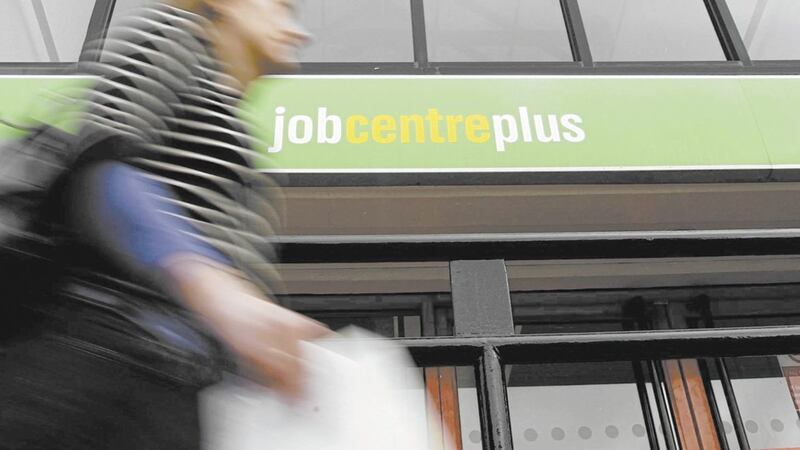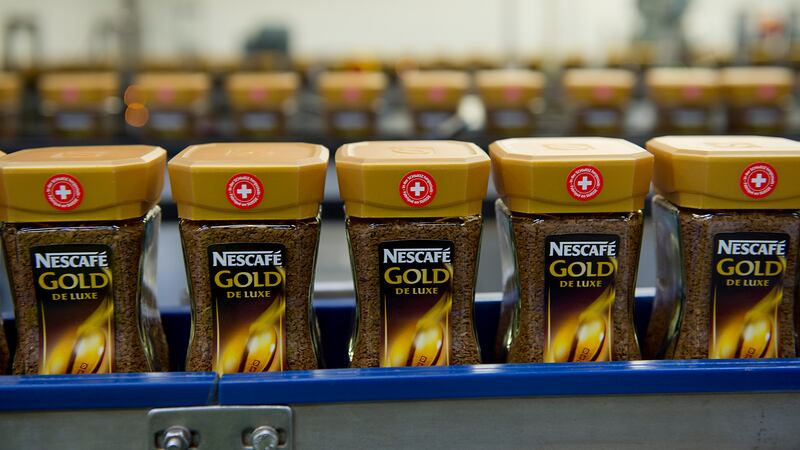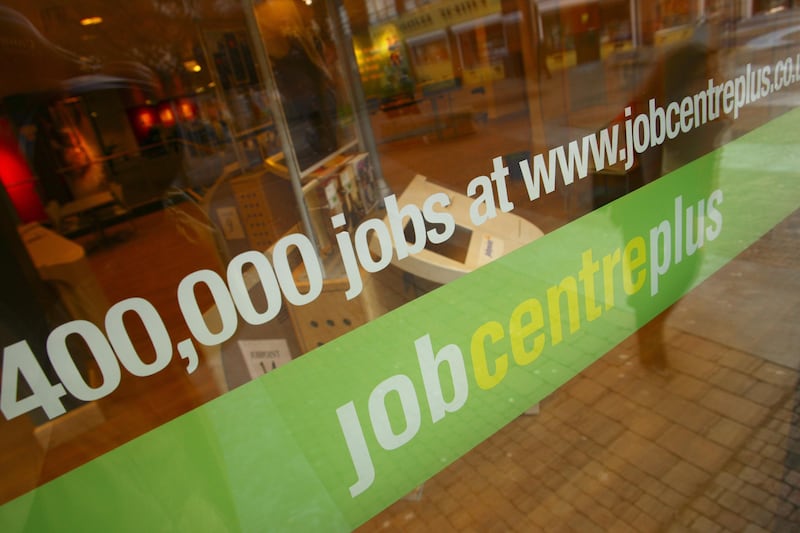THE number of those in work in the north is now the highest on record, according to the latest official figures.
The labour market statistics for the months up to May show the employment rate has now risen to 71.6 per cent (871,000 people) , a jump of 0.5 per cent (11,000) on the previous quarter and 1.7 per cent (21,000) over the year.
It is another record performance from the local market, which also reported the joint lowest level of unemployment, which now stands at 3.1 per cent. The rate fell by 0.1 per cent on the previous three months and 0.3 per cent over the year. It also remains well below the corresponding figures for the UK (3.8 per cent) and the Republic (4.6 per cent).
In further welcome news the economic inactivity rate continues to fall and is now sitting at 25.9 per cent - the first time it has been below 26 per cent in over two and a half years. The total is 0.6 per cent down on the previous the quarter, with a reduction of 1.5 per cent recorded over the year, but, while one of the lowest rates on record, it remains the highest in the UK.
FSB Northern Ireland head of external affairs, Roger Pollen believes the positive data should not be taken for granted and warned it may be difficult to maintain.
“We can take encouragement from these figures; our employment rate is at an all-time high, whilst the economic inactivity rate is beginning to decrease. However, the economically inactive figure - which includes those not in work nor seeking employment – remains stubbornly high and needs particular focus if we are to help more people back into the workplace," he said.
“These figures should not allow for complacency, several economic indices have indicated signs of a slow-down ahead, including FSB’s most recent Small Business Index, which showed investment intentions at a two-year low.
“It is incumbent on the next Prime Minister to work constructively to end the Brexit stalemate, while our local politicians must strive to restore devolved government as soon as possible. A stable political and economic environment is vital if our local SMEs are to continue to drive growth and create jobs in communities.”
Danske Bank chief economist Conor Lambe, said the Northern Ireland labour market continues to show its resilience.
“When compared against Northern Ireland’s historical labour market data, these latest figures paint a relatively positive picture."
"The local employment rate is the second lowest of the twelve regions of the UK and the inactivity rate is still considerably higher than the overall UK rate. The Northern Ireland labour market still has room for improvement, but has recently been heading in the right direction," he added.
The sustained improvements in the north's labour market mirrors a similar image in the UK overall, where the employment rate is now the second highest on record, while inactivity and unemployment are now at record low levels.
The number of redundancies in the last year have fallen by 36 per cent compared to the previous 12 month to 1,812. The latest figures show 101 redundancies took place in June, more than three times fewer than the previously monthly total of 323.








